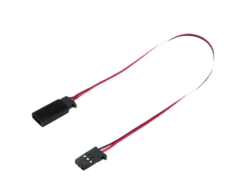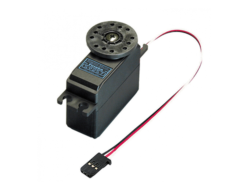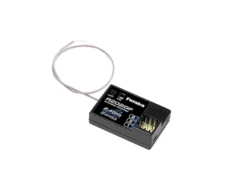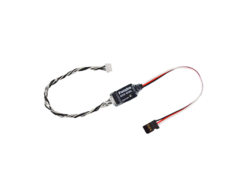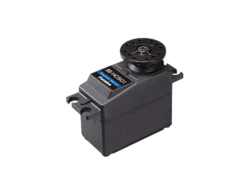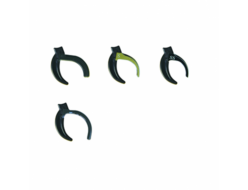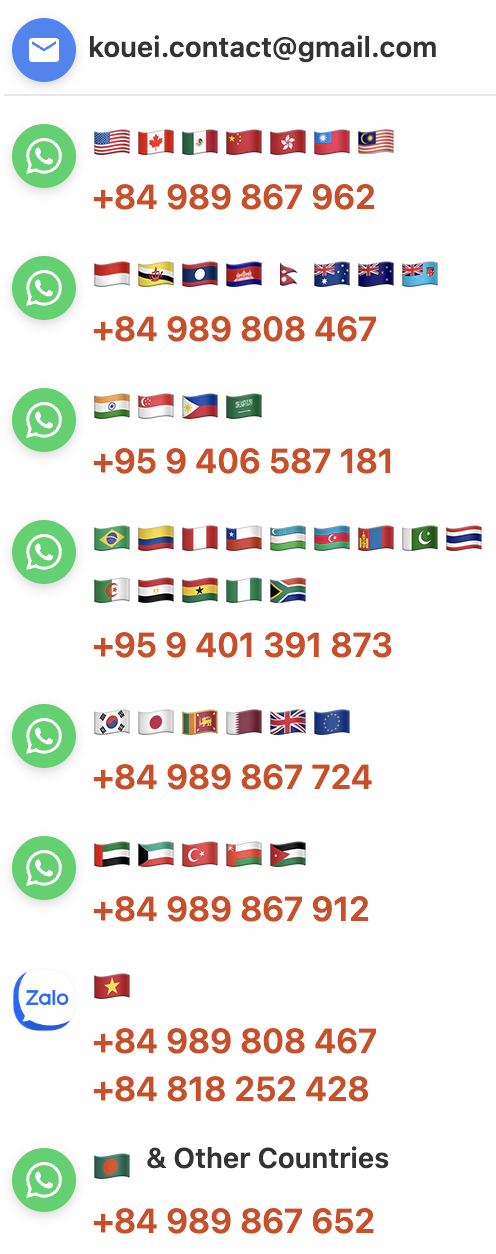Futaba
Futaba Touch Sensor
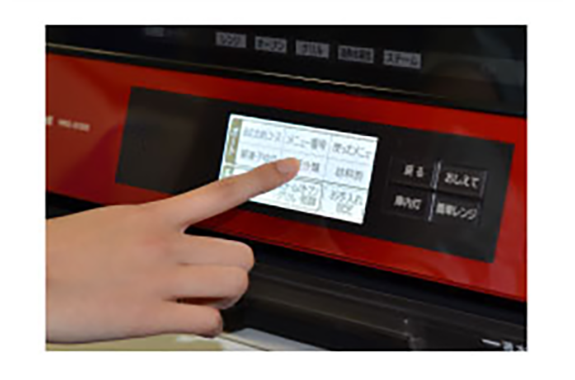
Manufacture: Futaba Corporation
Product lineup
Standard product
The sensor panel comes with an FPC.
Please prepare the driver IC and circuit board yourself.
| Product name | TP080F12AA | TP080F13AA | TP102F02AA | |
|---|---|---|---|---|
| External size (mm) | W | 191.80 | 191.80 | 243.3 |
| H | 120.00 | 120.00 | 144.3 | |
| Active Area (mm) | W | 173.5 | 173.5 | 229.7 |
| H | 103.5 | 104.5 | 130.4 | |
| Recommended Controller IC | mxT-540E | mxT-641E CYBCTMA460 | mxT-1188S mxT-1189T CYBCTMA1036 | |
| Thickness (mm) | 1.1 | 1.1 | 1.1 | |
| Transmittance (sensor panel only) | ≧89% | ≧89% | ≧89% | |
| Number of matrices | X=30 Y=18 | X=30 Y=18 | X=45 Y=26 | |
| Electrode pitch (mm) | X: 5.99 Y: 6.09 | X: 6.01 Y: 6.14 | X: 5.10 Y: 5.02 | |
| Sensor Pattern | Snowflake (metal Bridge) | Diamond (metal Bridge) | Diamond (metal Bridge) | |
Features
Operating principle

When a finger is brought close to the sensor (electrode), the capacitance between the finger and the electrode increases, and the coordinate position is detected by detecting which line of the X electrode (vertical) or Y electrode (horizontal) is larger.

Center of gravity detection on the slider of the first axis (X axis)
Center of gravity detection on the second axis slider (Y axis)

The capacitive method allows detection of touch coordinate positions with a light touch.
Multi-touch input is possible and gesture input is also supported (zooming in/out on the screen, turning pages, and tapping are possible).
The sensor is constructed on a glass or film substrate, with glass achieving high transmittance of approximately 90%.
The structure of one glass substrate or two film substrates allows for a thinner and lighter product.
The detection circuit consists of a single-chip dedicated controller, and can be provided mounted on the output tail (COF).
Basic structure
We are developing capacitive touch sensors based on glass and film substrates.
We develop custom products for each user, from the center itself to a combination of FPCs, functional films, and cover materials.
It is widely used in industrial equipment and home appliances.


Glass/film touch sensor

The sensor is based on a glass substrate, making it highly reliable and able to withstand harsh environments. At the same time, it also has high transparency due to being made of glass.
Even for glass sensors, we can accommodate requests for single-axis bending, such as gentle curves.
We also handle soda lime glass, which we see every day, and shatter-resistant tempered glass.
Please feel free to contact us regarding size, shape, etc.

Generally, most touch sensors use transparent electrodes on a glass substrate, but we also handle touch sensors that use a transparent film substrate.
The film substrate is thinner and lighter than glass sensors. It also has the transparency of glass sensors, without the risk of breaking if dropped.
Because the film substrate is soft, we can manufacture touch sensors with not only flat surfaces but also curved designs that are not suitable for glass sensors. We can also discuss sizes and shapes, so please feel free to contact us.
Structural characteristics
| kinds | Glass touch sensor with cover (glass or resin) | Glass touch sensor without cover | Cover glass integrated glass touch sensor | Film touch sensor with cover (glass or resin) | ||||||
|---|---|---|---|---|---|---|---|---|---|---|
| name | GG/PG | G2 | OGS | GFF | ||||||
| Structural diagram |  |  |  |  | ||||||
| Touch Surface Processing | Optical Processing | Optical Processing | Optical Processing | Optical Processing | ||||||
| Cover material | Glass | resin | – | – | Glass | resin molding | ||||
| Cover shape | rectangle | Deformity | – | – | Deformity | curved surface | ||||
| Decoration (black frame) | Forming on the back of the cover | none | Direct formation on TP substrate | Transfer to molded product | ||||||
| Adhesion to the cover | OCA | none | none | OCA | ||||||
| Sensor shape | rectangle | rectangle | Deformity | rectangle | Deformity | rectangle Deformity hole machining | ||||
| Sensor board | Chemically strengthened glass | Chemically strengthened glass | Chemically strengthened glass | Aluminosilicate glass | Film (low retardation) | |||||
| Features | The structure is equipped with a cover (glass or resin) to mitigate cracking and damage to the glass sensor. The cover can also be laminated with a film or coated with optical properties. | The structure is a glass sensor with a film laminated or coated to provide optical properties. It has a simple structure and is a thin sensor. | The structure is a glass sensor with decorative printing, laminated with a film that combines optical properties and coated. | The film sensor specification allows for a curved surface with a capacitance sensor. The strength of the film sensor is maintained by bonding the cover to glass or a molded resin. | ||||||

